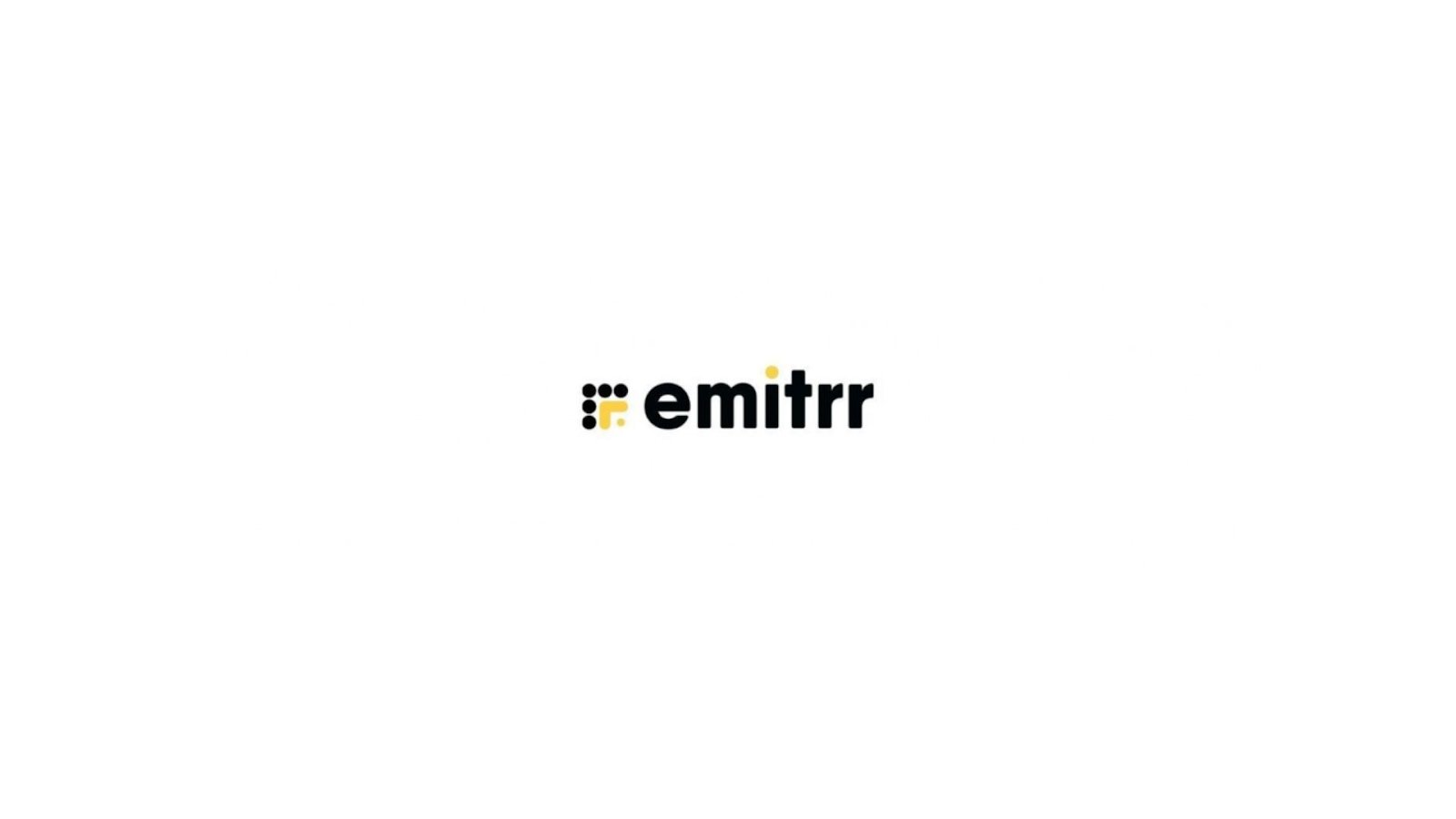An otoscope is a vital medical instrument used primarily by healthcare professionals to examine the ears. It provides a clear view of the ear canal and tympanic membrane (eardrum), enabling the diagnosis of various ear conditions. This article will delve into the anatomy of the otoscope, its components, how it’s used, otoscope https://www.spengler.fr/ and its significance in medical practice.
1. What is an Otoscope?
An otoscope is an optical device designed for examining the external auditory canal and the eardrum. It typically consists of a handle and a head that houses a light source and a magnifying lens. Otoscopes can be found in various settings, including hospitals, clinics, and doctor’s offices.
2. Anatomy of an Otoscope
2.1 Components
- Handle: The part held by the examiner. It often contains batteries for the light source.
- Head: This contains the optical system, including a light source and lens.
- Specula: Disposable or reusable attachments that fit into the ear canal. They come in various sizes to accommodate different ear canal dimensions.
- Light Source: Usually a halogen or LED light that illuminates the ear canal.
2.2 Types of Otoscopes
- Hand-held Otoscopes: Commonly used in primary care settings. These are portable and easy to use.
- Video Otoscopes: These provide digital images of the ear canal and eardrum, allowing for enhanced visualization and documentation.
3. How to Use an Otoscope
3.1 Preparation
- Ensure Cleanliness: If using reusable specula, ensure they are sterilized.
- Choose the Right Speculum Size: Depending on the age and ear canal size of the patient, select an appropriate speculum.
3.2 Examination Steps
- Positioning: Have the patient sit comfortably, preferably with their head tilted slightly away from the ear being examined.
- Visualization: Gently pull the pinna (outer ear) upward and backward to straighten the ear canal.
- Insertion: Carefully insert the speculum into the ear canal, ensuring not to force it.
- Illumination: Turn on the light and look through the lens to examine the ear canal and tympanic membrane.
- Observation: Look for signs of infection, fluid, wax buildup, or other abnormalities.
4. Importance of the Otoscope
4.1 Diagnosis of Ear Conditions
The otoscope is crucial for diagnosing various ear-related conditions, including:
- Otitis Media: Inflammation or infection of the middle ear.
- Otitis Externa: Also known as swimmer’s ear, this is an infection of the ear canal.
- Eardrum Perforations: Holes in the eardrum that may affect hearing.
- Earwax Impaction: Excessive wax buildup that can block sound.
4.2 Patient Education
Using an otoscope can help healthcare providers explain conditions to patients. Visualizing the problem can enhance understanding and encourage adherence to treatment plans.
5. Advancements in Otoscopy
5.1 Digital Otoscopy
Recent advancements in technology have led to the development of digital otoscopes. These devices connect to smartphones or computers, allowing for high-resolution imaging and recording. This innovation enhances diagnostic capabilities and facilitates remote consultations.
5.2 Telemedicine Applications
The rise of telemedicine has also influenced the use of otoscopes. Remote otoscopic examinations enable healthcare providers to assess patients from a distance, making ear health care more accessible.
6. Conclusion
The otoscope is an essential tool in the field of medicine, providing healthcare professionals with the ability to diagnose and manage ear-related conditions effectively. Its importance cannot be overstated, as it plays a crucial role in patient care and education. With advancements in technology, the future of otoscopy looks promising, offering enhanced diagnostic capabilities and accessibility for patients worldwide.
In summary, the otoscope is not just a tool; it is a gateway to understanding ear health and improving patient outcomes. Whether in a clinical setting or through telemedicine, the otoscope remains a cornerstone of otological examinations.



